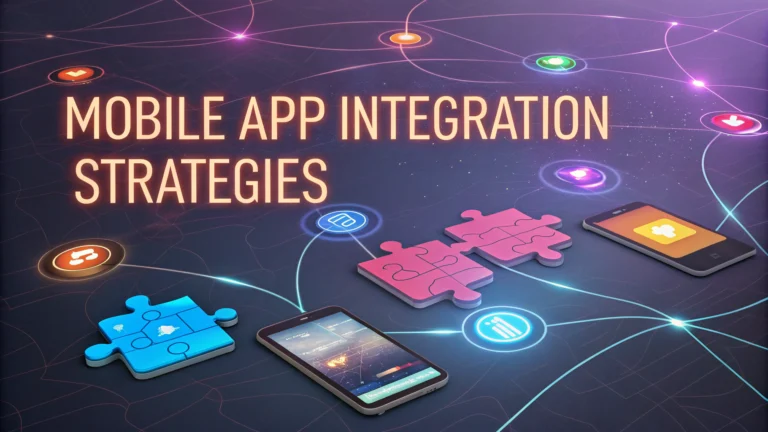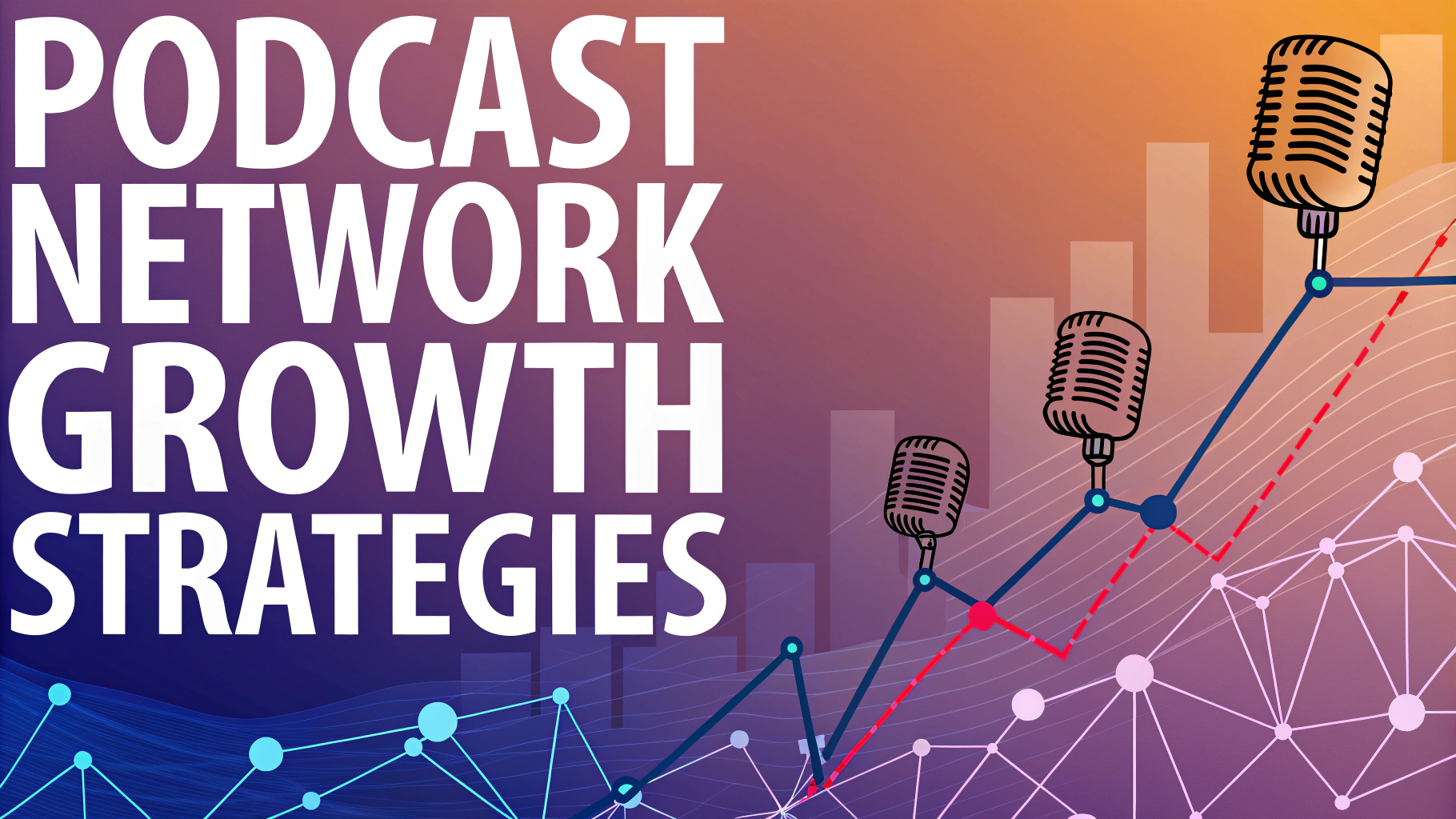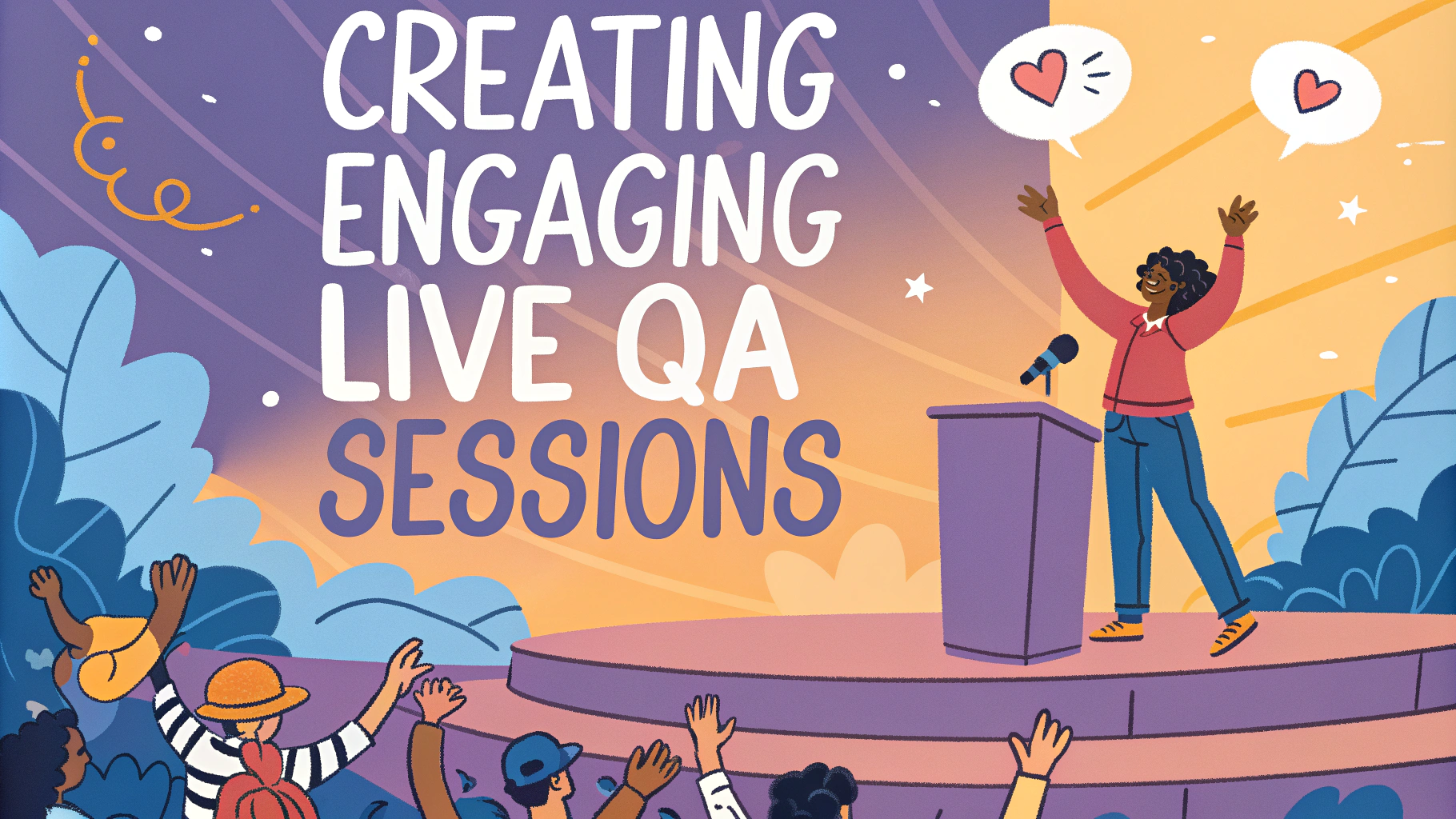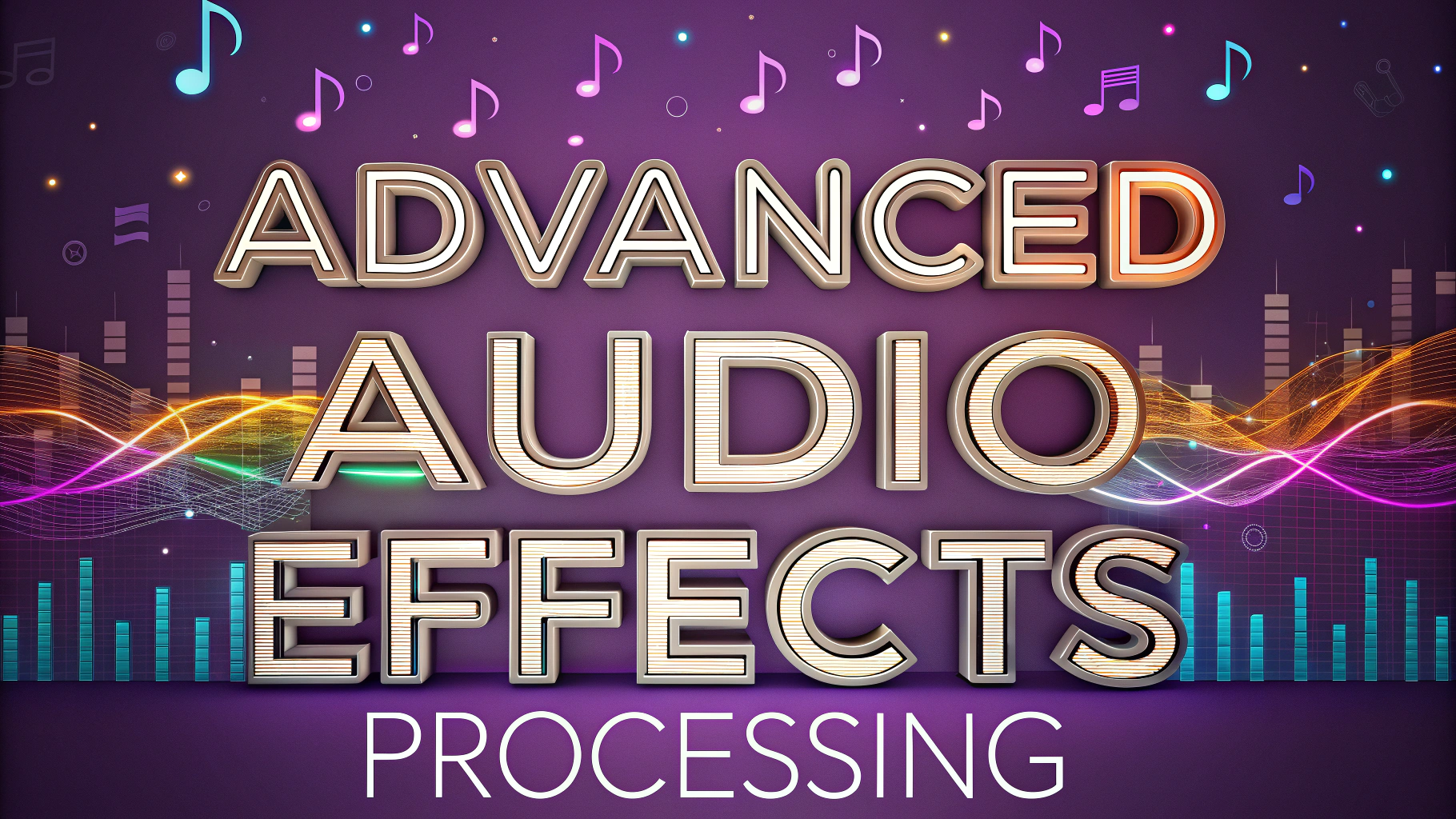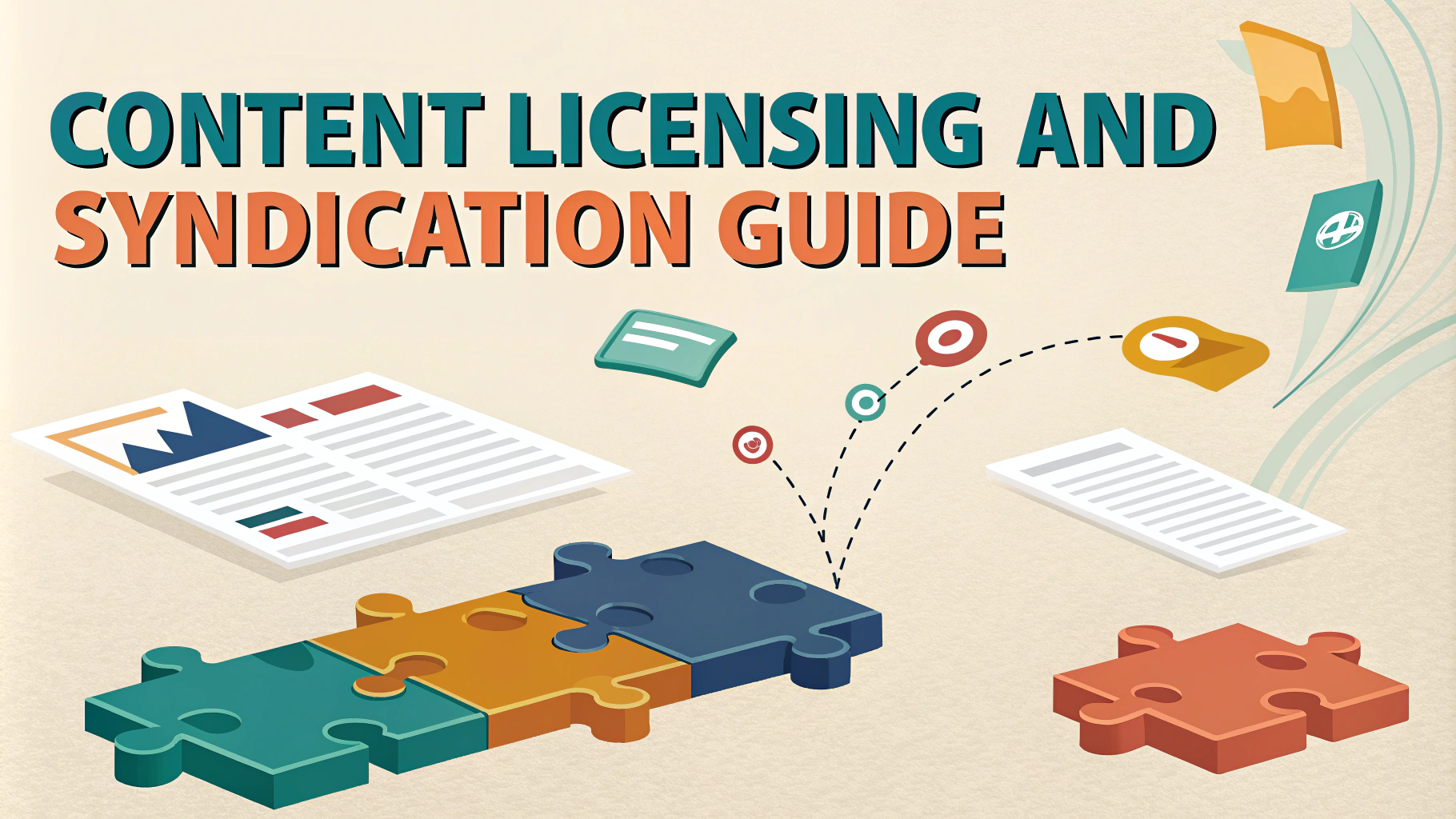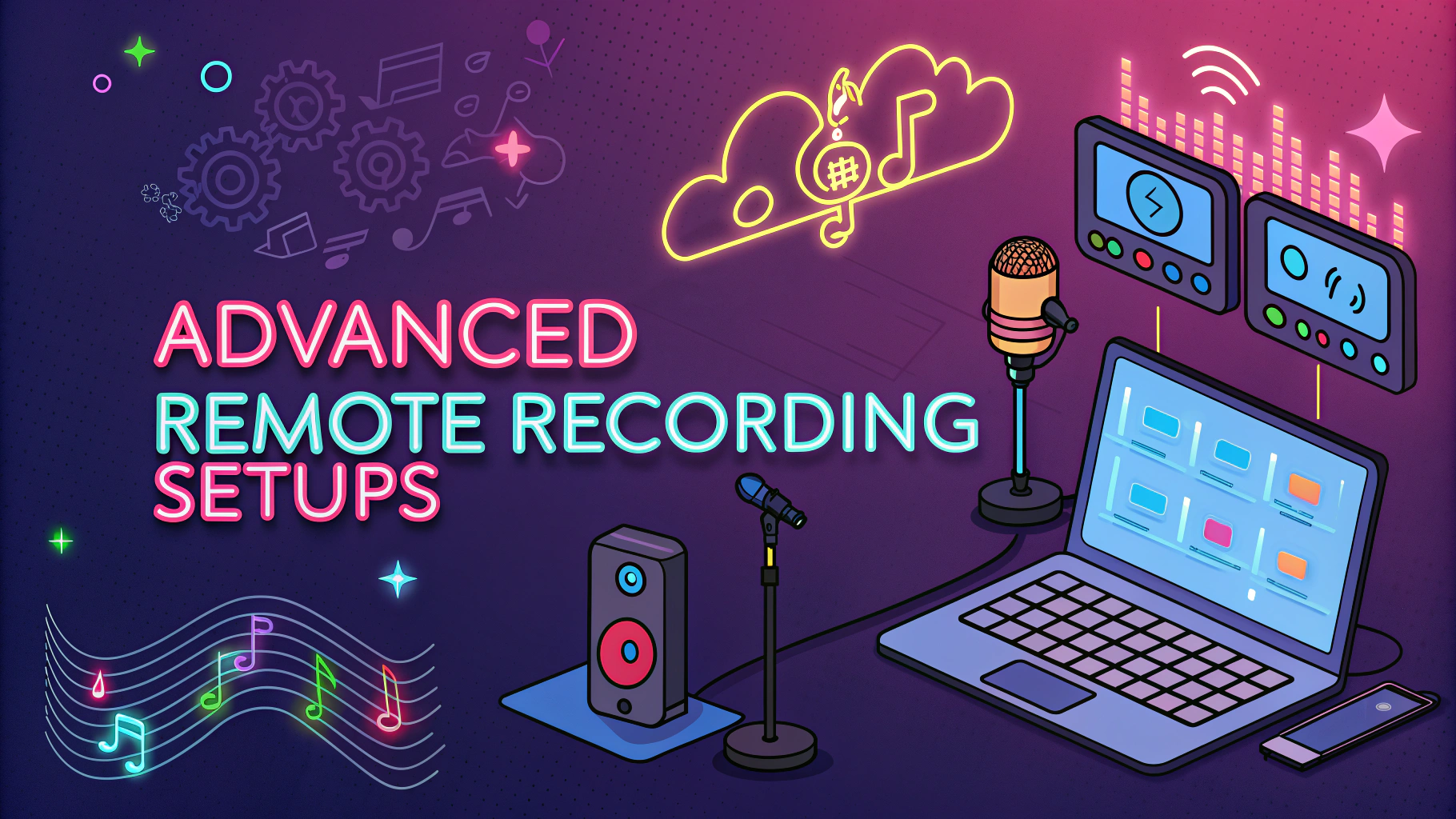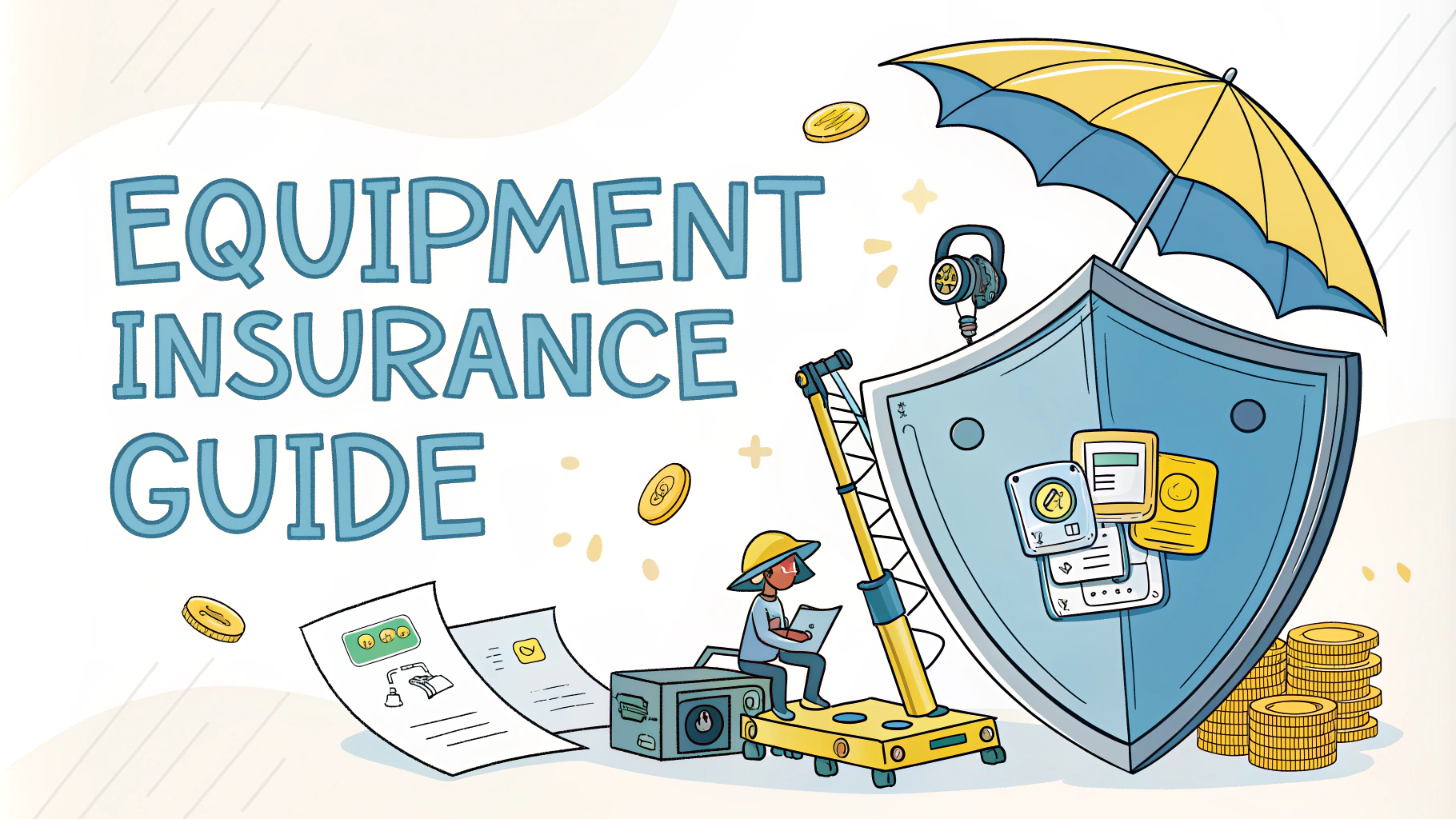Mobile app integration with podcasting creates powerful opportunities for content creators and businesses to reach audiences through seamless audio experiences.
The right integration strategy can transform how listeners consume podcasts, making content more accessible and engagement-driven through mobile platforms.
This quick guide explores practical approaches to integrate podcasting features into mobile applications, with real solutions for developers and content creators.
Key Integration Components
- Audio playback controls
- Download management
- Push notification system
- Offline listening capability
- Progress tracking
- Social sharing features
Technical Requirements
Mobile apps need robust audio streaming capabilities through protocols like HTTP Live Streaming (HLS) or MPEG-DASH.
Essential APIs and Services
- RSS feed parser
- Content Delivery Network (CDN)
- Analytics tracking
- User authentication
Storage Solutions
| Storage Type | Best For |
|---|---|
| Local Storage | Offline listening, favorites |
| Cloud Storage | Progress sync, backups |
| Cache | Recently played episodes |
User Experience Features
- Background playback
- Sleep timer
- Variable playback speeds
- Bookmarking
- Playlist management
Recommended Development Tools
- ExoPlayer – Android audio playback
- AVPlayer – iOS audio streaming
- Firebase – Backend services and analytics
- AWS Media Services – Content delivery and streaming
Implementation Steps
- Set up audio playback infrastructure
- Implement feed parsing and episode management
- Build user interface components
- Add background playback support
- Integrate analytics tracking
- Test across different network conditions
Performance Optimization
- Implement adaptive bitrate streaming
- Use efficient caching mechanisms
- Optimize image loading for episode artwork
- Minimize battery consumption
Moving Forward with Your Integration
Contact platform-specific developer support for detailed implementation guidance: Android Developer Support (developer.android.com/support) or iOS Developer Support (developer.apple.com/support).
Testing and Quality Assurance
- Cross-platform compatibility verification
- Network condition testing
- Battery consumption monitoring
- User interface responsiveness
- Error handling scenarios
Common Testing Scenarios
- Interrupted downloads
- Network switches (WiFi to cellular)
- Background app behavior
- Memory management
- Push notification delivery
Analytics and Metrics
- Listener engagement tracking
- Episode completion rates
- Download statistics
- User behavior patterns
- Performance benchmarks
Security Considerations
- Content encryption
- Secure user authentication
- Data privacy compliance
- DRM implementation
- API security measures
Monetization Options
| Method | Implementation |
|---|---|
| Subscriptions | Premium content access |
| In-App Advertising | Dynamic ad insertion |
| Sponsorships | Branded content integration |
Powering Your Podcast Success
Successful mobile podcast integration requires careful attention to technical implementation, user experience, and ongoing maintenance. Focus on creating reliable, engaging experiences that keep listeners coming back while maintaining scalable infrastructure for future growth.
For optimal results, regularly update your integration based on user feedback and platform capabilities, ensuring your podcast app remains competitive in the evolving digital audio landscape.
FAQs
- What is mobile app integration in podcasting?
Mobile app integration in podcasting refers to the process of incorporating podcast playback and management capabilities into mobile applications, allowing users to stream, download, and interact with podcast content through dedicated apps. - Which APIs are commonly used for podcast app integration?
Common podcast APIs include Apple Podcasts Connect API, Spotify Podcasting API, Google Podcasts API, and RSS feed integration capabilities that allow apps to fetch and manage podcast content. - How can podcasters ensure their content is accessible across different mobile platforms?
Podcasters should use standard RSS feed formats, implement proper metadata tagging, host content on compatible platforms, and ensure their podcast follows technical specifications required by major directories like Apple Podcasts and Spotify. - What are the essential features for a podcast mobile app integration?
Essential features include audio streaming capabilities, offline download functionality, playback speed control, episode progress tracking, push notifications for new episodes, and playlist management. - How can podcast analytics be integrated into mobile apps?
Podcast analytics integration requires implementing tracking SDK’s, utilizing IAB podcast measurement guidelines, integrating with analytics platforms like Google Analytics, and implementing custom event tracking for user interactions. - What are the bandwidth considerations for podcast app integration?
Bandwidth considerations include implementing adaptive bitrate streaming, offering multiple audio quality options, enabling smart downloading features, and implementing efficient caching mechanisms to reduce data usage. - How can mobile apps handle podcast monetization features?
Mobile apps can integrate subscription systems, implement in-app advertising platforms, support dynamic ad insertion (DAI), and include payment gateways for premium content access. - What are the security requirements for podcast app integration?
Security requirements include implementing secure audio streaming protocols, protecting user data through encryption, securing API endpoints, and ensuring compliance with platform-specific security guidelines from Apple and Google. - How can apps maintain podcast playback state across different devices?
Cross-device playback state can be maintained through cloud synchronization, implementing state management APIs, using backend services to store user progress, and enabling seamless handoff between devices. - What are the best practices for podcast content caching in mobile apps?
Best practices include implementing intelligent pre-caching, managing storage limits, providing user controls for cache management, and implementing automatic cleanup of old cached content.
